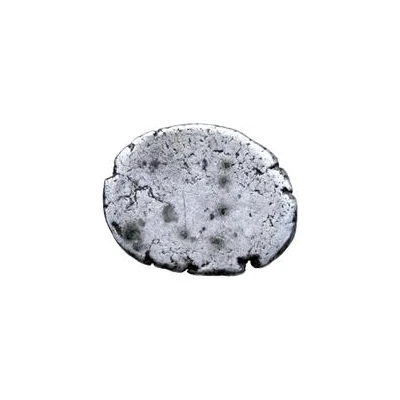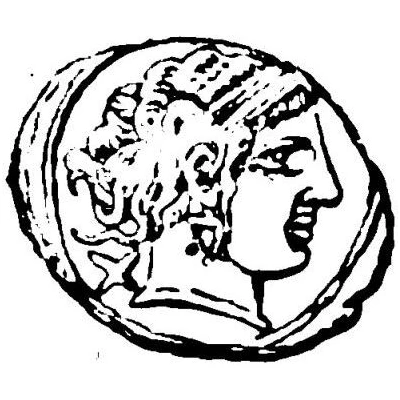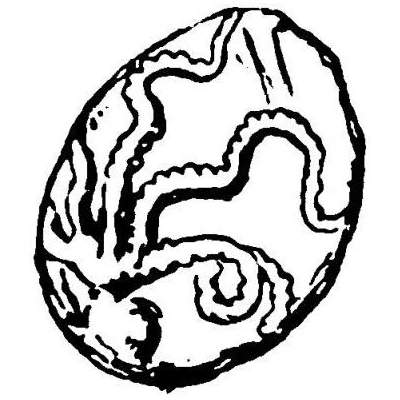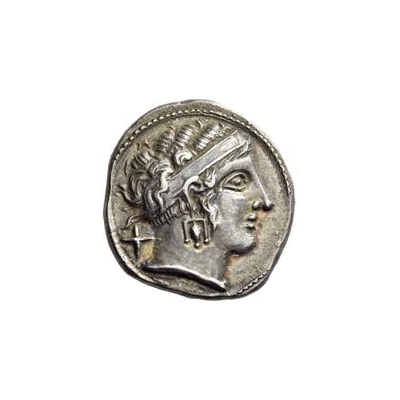
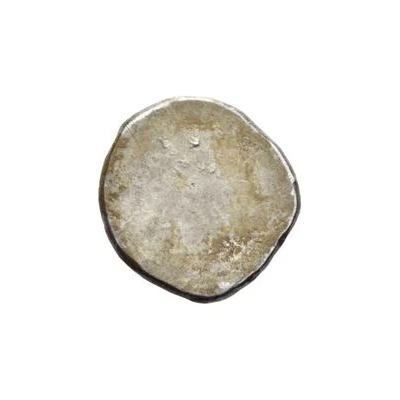

© Nomos AG
Silver 10 Asses Artumes series: blank 301 BC - 206 BC
| Silver | 4.21 g | 17 mm |
| Issuer | Populonia (Etruria) |
|---|---|
| Type | Standard circulation coin |
| Years | 301 BC - 206 BC |
| Value | 10 Asses |
| Currency | As (circa 475-201 BC) |
| Composition | Silver |
| Weight | 4.21 g |
| Diameter | 17 mm |
| Shape | Round (irregular) |
| Technique | Hammered |
| Demonetized | Yes |
| Updated | 2024-10-09 |
| Numista | N#76576 |
|---|---|
| Rarity index | 97% |
Reverse
Blank (uniface).
Edge
Plain
Comment
There has been much controversy on dating Populonian coins, and as such, the date ranges my vary per source.The Artumes series was struck using Populonia's fourth silver standard, which is equal to the third silver standard except with the weights of all denomination being halved.
Interesting fact
The Silver 10 Asses coin from Populonia (Etruria) was used as a form of currency in ancient Italy, specifically in the region of Etruria, which is now modern-day Tuscany. The coin features a blank reverse side, which was a common design element for coins during that time period. The obverse side features the image of a horse, which was a symbol of strength and power in ancient Etruscan culture. The coin was made of silver and weighed 4.21 grams, making it a valuable form of currency in its time.

